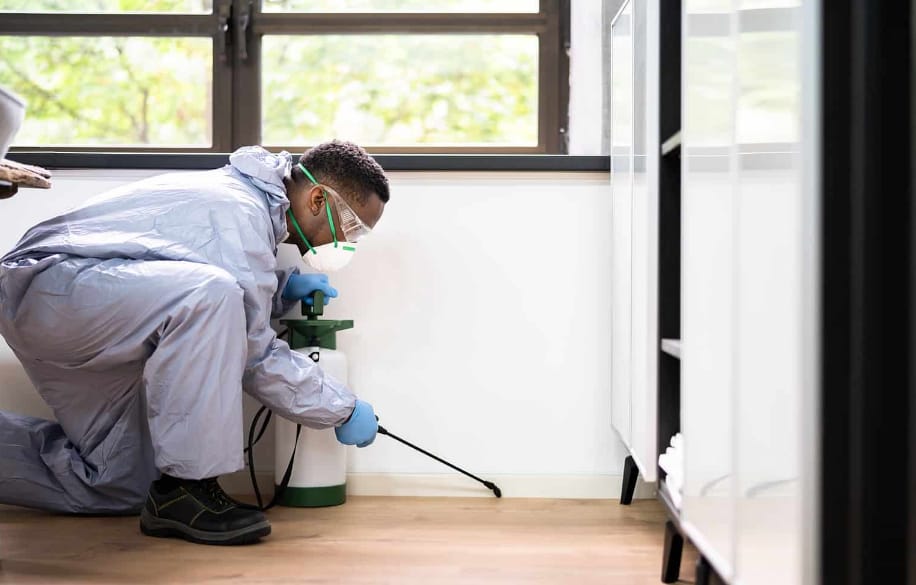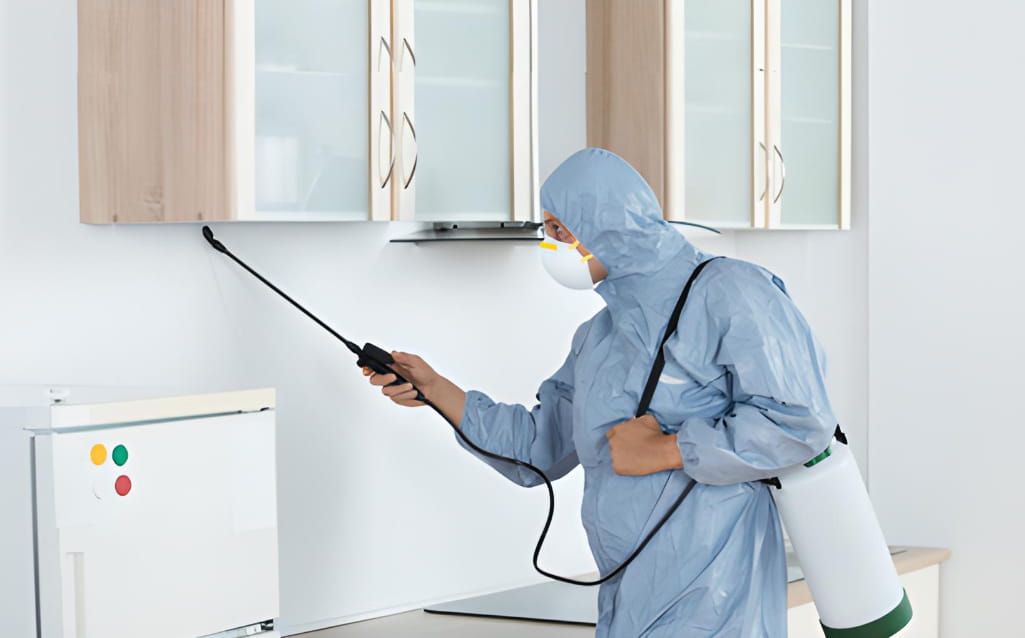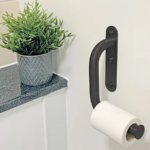Pests might be small, but the potential damage they can do to your home is not. Unwelcome guests like termites, rodents and ants can cause damage ranging from structural to severe health problems if not controlled. This is where pest inspections come in—they are not merely a preventative measure; they are essential for every homeowner aiming to protect the safety, health, and lifespan of their home.
Thank you for reading this post, don't forget to subscribe!Having a good grasp of pest inspections is essential whether you are a seasoned homeowner or preparing to close your first real estate deal. Here is a guide to everything you need to know about pest inspections, including how to prepare, what a pest inspection includes, and how scheduling regular pest inspections can save you money…”
Common Pests Found in Homes
Identification of the pests is the first step to controlling pest-associated problems. So, what kind of pest inspections? Here are some of the most common ones :
Termites
Termites are nicknamed “silent destroyers” because they eat wood and wreak extensive structural damage — even when it’s not obvious. They’re a homeowner’s worst nightmare, racking up billions of dollars in damages each year around the globe.
Rodents
Beyond chewing through wires and insulation, rats and mice carry serious health risks. Rodents can transmit dangerous diseases such as salmonella and hantavirus, which can easily spread throughout your home.
Ants
Although most ants…are harmless, certain types of ants, like carpenter ants, can cause damage comparable to termites. Others, such as fire ants, may be dangerous because of their painful stings.
Cockroaches
Along with being unsightly, cockroaches ferry allergens that can exacerbate asthma and other respiratory ailments. They’re tougher to get rid of because they’re so resilient.
Spiders and Other Crawlers
Though not all are dangerous, some spiders are venomous. Other crawlers — beetles, for instance, or centipedes — can signal a bigger infestation.
What is Included in a Pest Inspection?
A pest inspection is an in-depth appraisal of your home as well as property. Here’s what to look out for in the process:
Exterior Inspection: The inspector will usually check the foundation, siding, roofline, and surrounding areas of your property for signs of infestation or entry points.
Interior Inspection: Using devices that can measure moisture levels and thermal detection equipment, infestations are investigated in basements, attics, and crawlspaces.
Step 1: Pest Identification – The inspector comes to know what types of pests are there and how active they are.
Risk Assessment: We assess any vulnerabilities around your home, such as places for pests to enter or conditions that may be appealing to pests.
This is how we can now create a detailed report for the Action Plan, which consists of findings and recommendations including treatment options / preventative measures.
Prepare for Pest Inspection
Taking some simple precautionary steps beforehand will guarantee that your pest inspection proceeds as seamlessly as possible:
Clean Up the Clutter: Move things away from walls, baseboards and entry points so the inspector can easily access hidden spaces.
Trim Back Plants: If your home is up against shrubs or branches trim them back. These can become bridges for pests.
Repair Leaks Or Moisture-Prone Areas: Termites and rodents are all attracted to moisture. Repair plumbing leaks in advance.
Let the Inspector Know About Current Problems: If you’ve seen droppings that seem out of the ordinary, wires that are feasted upon or other issues, let the inspector know.

How to Choose the Right Company for Pest Control
All pest control companies are not equal. Here’s how to select a reliable provider:
Licensing and certification: Verify that the company is licensed and employs certified inspectors who know local regulations.
Presence: Inspect for an experienced pest control company with a good history in pest control and inspection services.
Reviews and Testimonials: Online reviews and testimonials can be an excellent source of information about how reliable a company is.
Comprehensive Services: Some offer prevention plans along with inspections and treatments, which can save you money in the long term.
Transparent Pricing: Good companies offer clear pricing without hidden fees. Always ask for a itemized quote up front.
How Much Does a Pest Inspection Cost?
Pest inspection costs vary based on your home size, location and the inspection scope. As a general estimate, costs typically fall somewhere between $75 and $200 per visit, with more advanced services costing an additional amount on top. Most pest control companies will charge an inspection fee but will waive that fee if you opt for treatment with them after the inspection.
Though a small investment, it can save you thousands in pest damage in the future.
How Regular Pest Inspections are Beneficial
Here are just a few reasons why recurring pest inspections are 100% worth the hassle:
Early Detection — Catching pests before they become a bigger problem can save you money and structural damage.
Health Safety: Regular inspections lower the potential for pest transmitted diseases.
Peace of Mind: Having a pest-free home helps you put your mind to rest and not to worry about brutes in your space.
Inspections: DIY or Professional?
Can you do pest inspections yourself? Here’s a quick comparison.
DIY Pest Inspections
Pros:
- Low cost
- Convenient timing
Cons:
- Limited knowledge—most pests are good at hiding their tracks.
- No professional equipment access or treatments.
Professional Pest Inspections
Pros:
- Comprehensive and reliable.
- Expert consultants and advanced tools access
- Often entails comprehensive action and prevention campaigns.
Cons:
- Costs more upfront.
- Or for serious infestations or long-term prevention, professional inspections are the safer, more effective choice.
Maintaining a Healthy, Pest-Free Apartment
Pest inspections are an investment not an expense — an investment in your health and safety and the value of your home. Routine inspection maintenance allows you to nip any faults in the bud and prevents you from incurring expensive repairs or health hazards.
If you don’t know where to begin, contact a licensed pest control company to schedule your next inspection. And it’s a small step that could go a long way toward keeping your home comfortable and pest-free.



